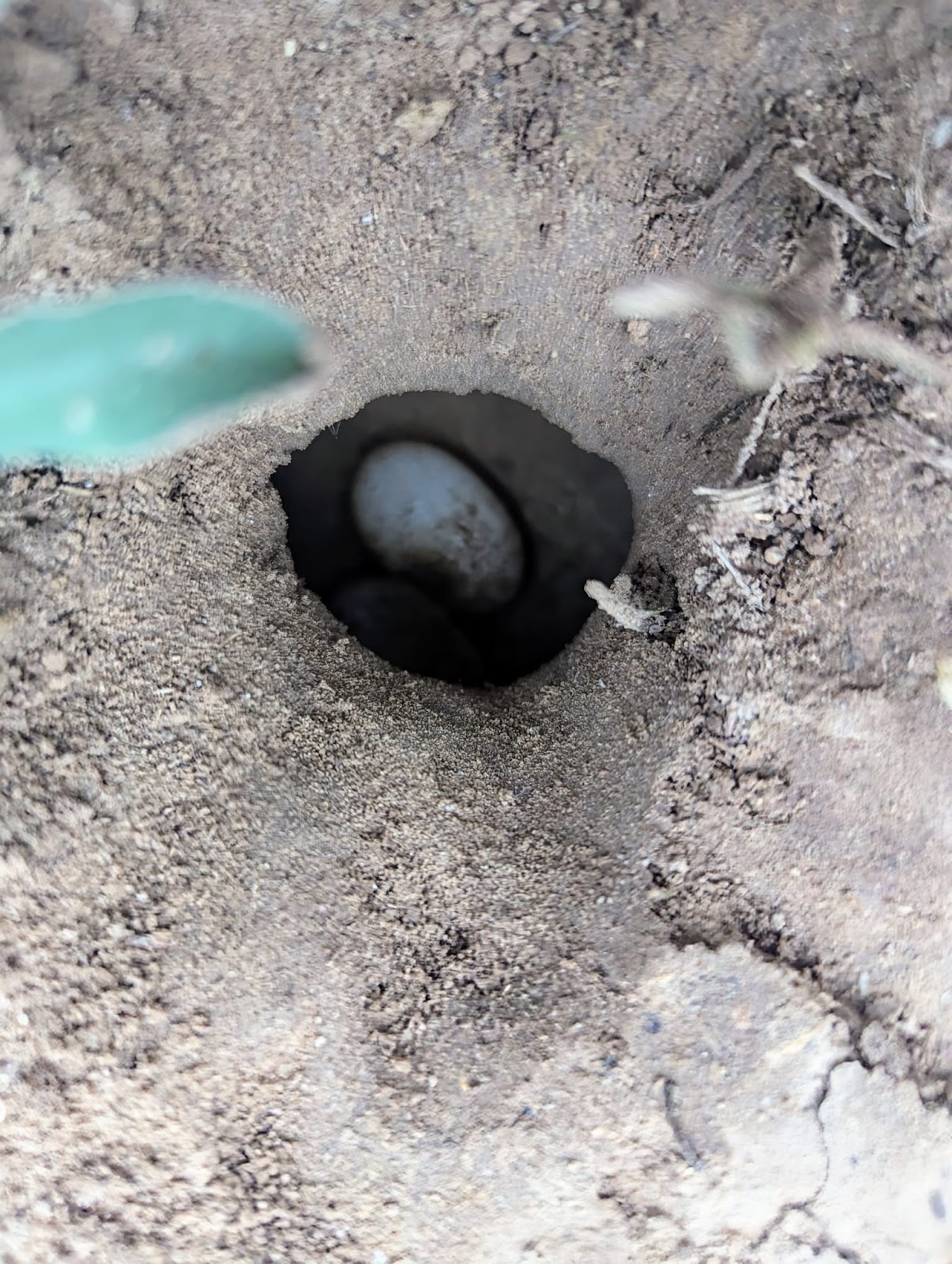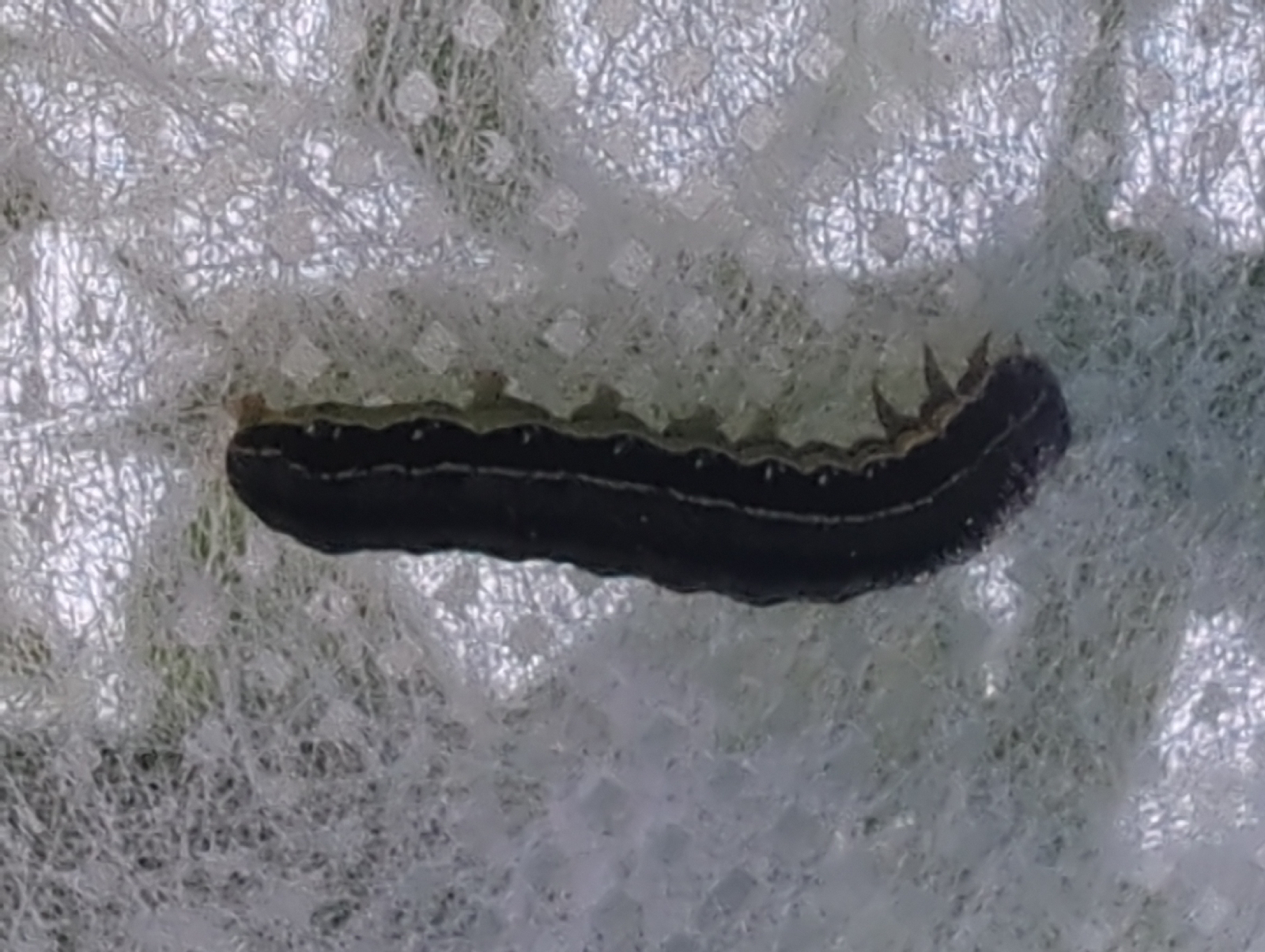"I came into England with Oak, Ash and Thorn, and when Oak, Ash and Thorn are gone I shall go too. ..." Rudyard Kipling
There is a lot of angst in our world about what species are invasive and what is native. This seems to have something to do with deciding if a species is worthy of veneration, or destruction. This a weird reductionist argument that trivializes the point of an integrated ecosystem of which we are a human part.
We can't help this behavior or course, because we all reinforce it. This is likely part of our shared cultural heritage as gardeners and migrants. Figuring out what belongs is important to our collective sense of worth, no matter how odd the results may eventually become.
Beardtongues are from America, and found mostly in the western states. Sparse in the wild, they are popular garden flowers. They get their name from this single infertile stamen called a staminode. This weird vestigial structure was left over when the flower evolved into a tube shape and appears to improve pollination rates. In New Mexico they are often found at higher, cooler elevations.
Rhagium inquisitor. This is a ribbed longhorn pine borer beetle found at the crest of the Sandias mountains. This species is not really a pest, it just feeds on dead or dying pine trees. Annoying to commercial timber farms probably, but even then only those trees that are already highly stressed from bad weather conditions or poor management practices.
This is a very young bird locust. Some species of this type become monsters almost 3 inches long. The term locust only applies to a migratory form controlled by hormones which we rarely see in the United States.
Birds live complex lives and exhibit crazy behaviors that have allowed them to dominate most parts of the world. Here is the remains of a nest of phoebes once it had attracted the attention of a raiding coopers hawk. That ate the fledglings of the second brood of the summer. While this nest attempt was unsuccessful, she had already raised four youngsters and once raided, she simply began laying more eggs. Persistence pays and the coopers hawk has to move on until the eggs hatch.
The deer fly, like mosquitos, needs mammal proteins to produce eggs. Unlike mosquitos their bite is pretty brutal, like a bee sting. Flies in general usually feed on pollen, nectar or salts. A few have adapted to humans by switching to garbage or the feces of domestic animals.
Many of our birds are only visitors, like this summer tanager. Others are year around visitors like the Cooper's hawks. Others can be escaped pets, or simply lost. Our bosque is used by many different birds for lots of reasons. The old trees and free standing water are strong draws for avians of all stripes. The tanagers come here to breed and nest, but are not as common as further south in the range.
Cottonwoods are a good nesting tree for many birds like tanagers. However, there are obviously problems with old trees that use shedding branches as a way to propagate. Most trees in Corrales are older so the wind will often bring down branches in the spring. Even though cottonwoods often show signs of disease they also cope well with this disease burden. People who trim or remove altogether them regret it later, ask them.
This is an odd picture of an egg/nest underground. Notice how the egg is longer and skinnier than a normal bird's egg. This is a snake's nest, probably bullsnake. The dark brown is the amniotic fluid from the other baby snakes that have already climbed out and left to explore the brave new world around them. Snake eggs don't form a hard shell, the egg shape is from the pressure of the fluid inside and feels leathery.
Many raptors visit New Mexico because we are at a crossroads between North-South and East-West flyways. Both along the continental divide and beside the gulf of Mexico. This is the Mississippi kite, it mostly eats small animals or large insects and is kind of rare in this state.
Prionus heroicus is a beetle feeding on dead wood usually found at night. They place eggs underground via this absurdly long ovipositor, which can take many minutes to set up and retract. The pupae feed on small roots and dead wood, preferring softer, rotted woods.
Japanese beetles (or figeater beetles) appear around about the time the sunflowers appear. This one was caught just before it disrupted the Corrales parade by stampeding small children. Their loud buzzing flight does seem to panic people not used to seeing them, but they are completely harmless.
Many insects specialize in appearing something other than an insect. The plumate moth does this by furling the wings up like the sails on a boat. The unfurled wings are more feather-like than wing shaped. The extra spikes help make the outline look even less moth-like.
The common house combfoot is found in most houses and has adapted well to the flora found in a normal house, which means small, sparse, fruit fly meals with cool, constant temperatures year around but most importantly little competition and no predators. Their webs are tangled and chaotic and they use their namesake combs to manipulate the many threads that sense and trap small, weakly flying insects.
This moth is relatively unknown, but lives in the family that contains several famous members, such as the British pepper moths. All of the caterpillars in this family are known as inchworms because of the weird way they loop and extend like they are measuring distance.
The unusual hayworm moth has caterpillars that feed on dried plant material, such as hay. Their wide bodies are not well designed for flight, but they can flit between small spaces easily. Only one of the moths in this family do much damage to hay, but they all get painted by the same brush.
There are many insects that will ruin a farmer's day, but there is some help, like this wolf spider. Spiders are not known for their hunting of caterpillars, but they certainly do. They also will hunt them when the caterpillars are most active, at night. Birds are not helpful with night active insects, and farmers also shield the plants away from the birds anyway.
Cutworms do minor damage to plants themselves but cause some unsightly damage to crops like tomatoes and cucumbers. Most tomatoes are damaged by a virus such as curly top, or a plant parasite such as broomrape. There is a world of difference in advice between commercial farming and backyard farming when it comes to pest control, so I always wonder how the two become co-mingled and always leads to an excuse for maximum chemical extermination.
The stink bug is often confused with the squash bugs and operate the same way. While this is not a commercially damaging insect, they tend to infect a single plant and will destroyed a higher percentage of the crop of hobby farmers.
The Corrales bosque has an abundance of small lizards, with quite small diversity. This is due to the large number of ground insects and abundant hiding spots which specialist reptiles like these can take advantage of. The variety of habitats are also great for a species that moves about to thermoregulate. Roadrunners occasionally visit, but many are predated on by the raptors that roost in the many cottonwoods, so these lizards have the place to themselves. As Rudyard Kipling quoted though, if the vegetation changes, so will the fauna. Old trees are removed and few are replaced. Close cropped, heavily managed lawns replace tall growth fields, and as open acequias are replaced with more predictable groundwater wells the landscape will be changed, and not likely for the better.
We are quite fortunate to have these lizards, as they are one of the first animals to vanish when a house is renovated and landscaping applied. They don't do well with heavy human presence because of the disruption to their daily active lifestyle, which involved much active displaying, defending territory, and basking. We likely will lose these cool creatures to progress because of property tax revenue which we will never see. In the end these animals will leave anyway and we won't have chosen if they are invasive or native. I guess we aren't as in control as we thought.



















No comments:
Post a Comment